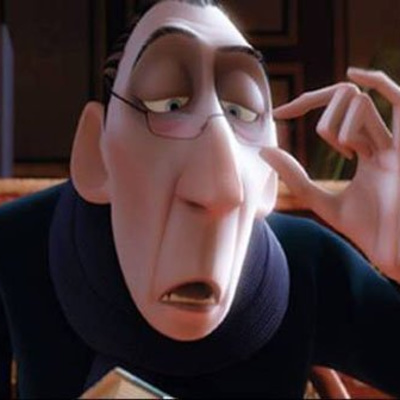By Rachit Raj

I remember watching Sanjay Leela Bhansali’s widely acclaimed 2005 film Black in a theatre and being in awe of Ayesha Kapur’s performance. It was truly the performance of the film for me. One that was far superior to the overrated act by Rani Mukerji later in the film. A young Ayesha made me wonder briefly if she was indeed a person with disability. But a few clicks of my jammed computer told me that this was after all a non-disabled actor. Five years later Tanay Chheda played the pre-teen Rizwan Khan in My Name Is Khan, a little over two years after he played the role of a child using calipers in Aamir Khan’s directorial debut Taare Zameen Par. All these were wonderful performances and important representations of disability in Hindi cinema. But they left one hungry for something more. A person with disability essaying the role of a character with disability onscreen. Something that finally found a presence in the recently released Jalsa.
The reason I spoke about child actors here is because I understand the business side of movies. I am not trying to be that irrational, nihilistic academician who writes about the need for an anarchic change in the way things work. You need a Shah Rukh Khan to play a vertically challenged person in Zero, or a Naseeruddin Shah to play a visually impaired man in Sparsh. It is tricky to have a new face, a fresh actor with a disability as your main lead. A decision that could pose a problem in marketing the film to an audience that relies on seeing a familiar face on the poster of a new release. It is a dream that I have preserved for a better tomorrow. But there is still something that can be done.
A child actor rarely bears the burden of having the film on their shoulder. It is often a small role, a supporting act in a larger narrative. This should allow filmmakers to find children with disability, not only for the sake of better representation but also for the cause of enhancing the quality of their filmmaking.
After years, director Suresh Triveni does that with his new release Jalsa. The film, now streaming on Amazon Prime, is a story about two women, Maya (Vidya Balan) and Rukshana (Shefali Shah). Triveni realizes that with popular faces like Vidya Balan, and Shefali Shah in his film, he can cast an unknown face as Maya’s son, who has cerebral palsy. Herein comes the masterstroke that immediately makes Jalsa an important, stellar representation of disability in Hindi cinema.
In the case of other representations, I mentioned earlier, the actors (all non-disabled) had to “act” disabled. Ayesha Kapur’s brilliant performance in Black is a phenomenal feat. It is still, in my opinion, one of the most haunting representations of disability in Hindi cinema. But as you hear old Bhansali interviews about the nuances of how he helped Ayesha prepare for that role, one is forced to wonder whether he tried reaching out to a child with disability who would have brought authenticity to that child’s experience that is impossible to replicate when a non-disabled director is giving directions to a non-disabled actor. Yes, Rani Mukherji was important for the film to be marketed and sold to distributors, and an audience. But how wonderful an ode would Black have been to Hellen Keller’s legacy (an individual the film was largely modeled on) if the artists involved had the imagination, and inclination to cast a visually impaired girl for that role of a young Michelle.
By casting Surya Kasibhatla in the role of Ayush, Triveni immediately takes off the burden of “authentic” representation from his shoulders. Surya, having cerebral palsy himself, just needed to focus on the emotion of the scene, and express it how he would naturally in a regular situation. He is not “acting” a medical condition, he is living it. That immediately adds authenticity to the experience of the viewer.
While watching Jalsa I could feel a sense of ownership in Surya’s presence that I have found lacking, even in cases of stellar actors portraying characters with disability onscreen. The most accomplished of actors can look burdened by the weight of playing a character with disability. You can see that they are taking the character as a challenge, not as a human. And therein lies the problem of having non-disabled actors playing characters with disability.
Having a person with disability playing a character with disability rids the director of worrying about the representative quality of the performance, and instead focuses on the emotional, intellectual core of that particular scene. It makes that scene work better, because the focus of those involved can then be solely on improving the story, and not the representation that it comes with. Having people with disability play characters with disability is a win-win for everyone, and yet it seems to be a sparse reality, not just in the Hindi film industry, but globally. Jalsa is an incredible step in the right direction, but it needs to be the first of many. I hope writers, directors, and producers understand that having a character with disability is the first step towards inclusivity, not the final, decisive one. To more stories involving characters with disability, and more people with disability in and around the process of telling these stories.





Leave A Comment
You must be logged in to post a comment.